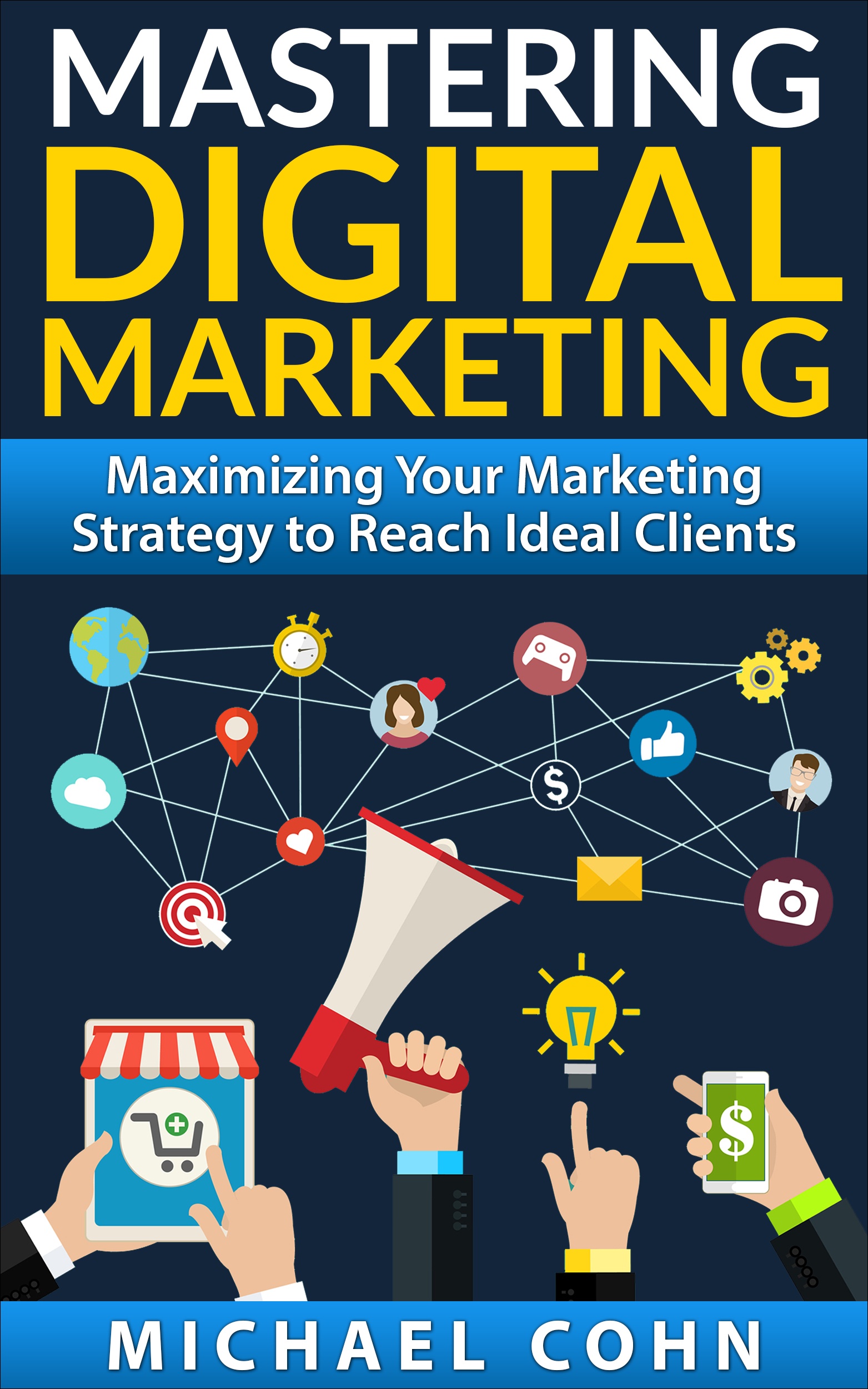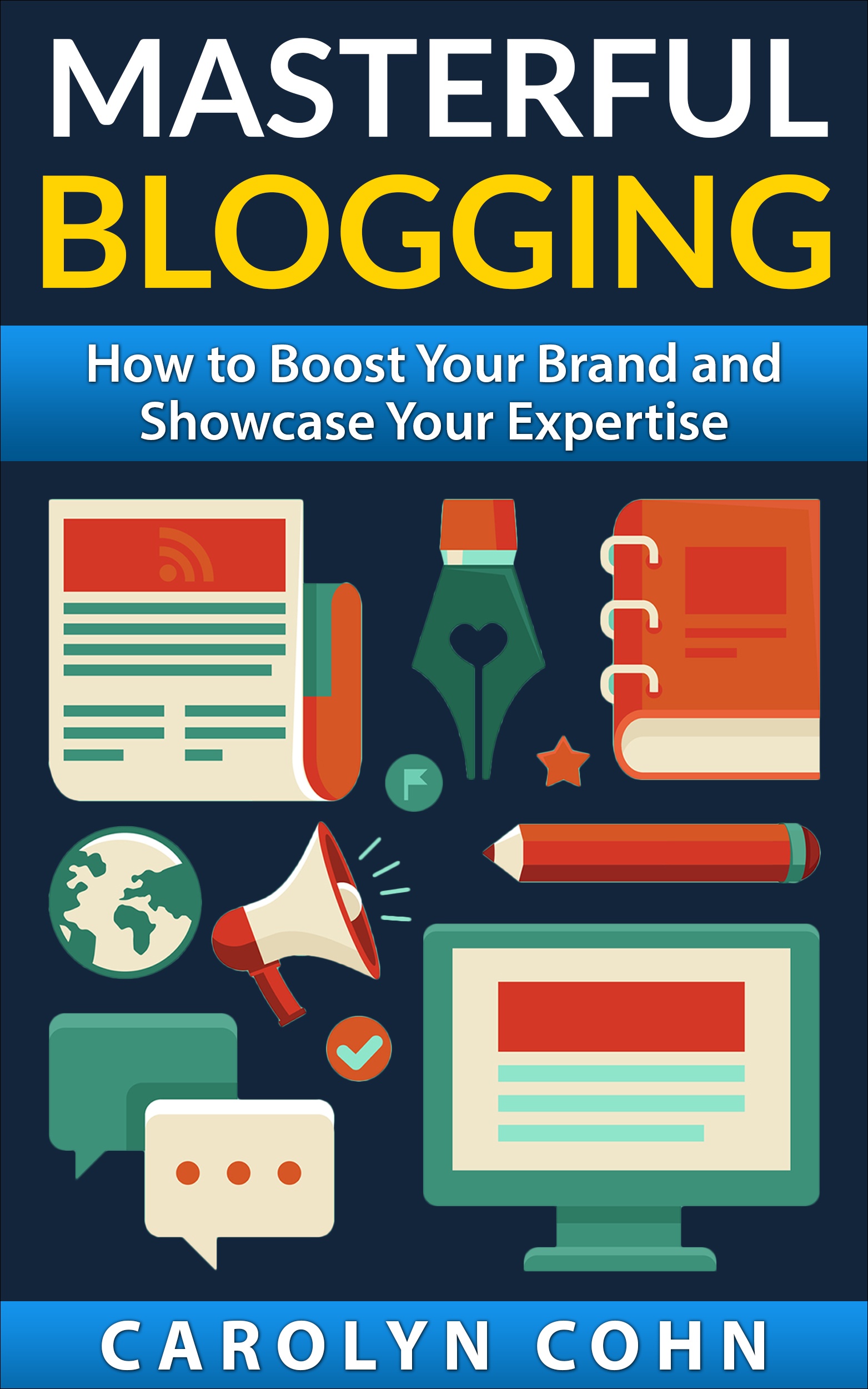Engaging Your Audience Through Online Postings

When you write and post articles online and share them with your audience, you see that some articles get more attention than others but you don’t necessarily understand why that is. How to engage your audience is the secret.
An excellent way to determine which articles have the potential to engage your audience more than others is through the topics of the articles. As you are thinking about the topics, you need to ask yourself which ones are compelling enough to draw your audience and it is imperative that those topics are ones that your audience can relate to in some way. If your audience can’t relate to them, there won’t be a chance that they will read your articles and continue to have a connection with you that makes them want to interact on a regular basis. You may think that if your audience members have expressed an interest in your brand and products and/or services they will automatically read every piece of content that you share with them. However, that is not necessarily the case. Actually, understanding how to choose topics that fit your audience will ultimately help you to become more successful because you will have a clear understanding of what your audience needs and will be able to customize your content accordingly for them.
There are many different types of content and your articles will fall into one of several categories.
Articles on products and/or services
There are many informative articles that tell you everything that you could possibly want or need to know about available products and/or services that are available.
Articles on a particular brand
Articles that discuss the client’s motivation for considering specific products and/or services. The article should provide enough information for the reader so that they walk away understanding exactly what is available and how those products and/or services can help them.
Articles that are not related to your brand
This is a more subtle form of writing (or communicating, if you will). The article will still be informational and your readers must be able to relate to what you are saying as well as having a better understanding of something after they have finished reading your article.
Time-sensitive articles
Articles that revolve around specific events at specific times throughout the year fall into this category. If they are posted on time to give your reader valuable information for that particular event or events, post them. Otherwise, they don’t hold value.
Aritcles related to current events
These articles must be posted quickly because news becomes old very fast. If they aren’t out right away, they won’t make the impact that you want the to make on the reader.
Articles related to new technology
This falls into the time-sensitive category as well. If you aren’t able to get the information out quickly, someone else will defintely beat you to it.
There are many different factors involved when it come to getting your audience to engage with you. Before you do anything else, you need to determine which type of engagement you are trying to establish.
- If you wish to get people to share your content: If you want this to happen, you should share content that is closely related to your brand and make sure that it is compelling content. Using photographs, videos and photo albums can get you pretty far with your audience in most cases.
- If you wish to get people to comment on your articles: In this case, you should post articles in which the topic is closely related to your brand. A great way to provoke thoughts on the part of your audience members is by posing a question. People generally love to give their two cents.
- If you wish to get more people to “like” your content: In this case, you should also post content that is closely related to your brand. In this case, a call-to-action will work well with your audience. In your call-to-action, you should tell your audience exactly what you want them to do to connect with you.
Conclusion
Getting your audience to engage with you through your content is not nearly as difficult as you might think it would be. Remember that “Content Is King,” in other words, if your content is of the highest quality, your audience will want to engage with you because you are giving them something of value and something that they can learn from and impress their friends with. In the end, everyone wins! It is also important to remember that before you can get them to engage, you need to understand what they need and want. Your content should be “reader friendly,” which means that it should be clear, concise and powerful enough to make a great impression.
We are pleased to provide you with the insightful comments contained herein. For a free assessment of your online presence, let’s have coffee.





Via LinkedIn Groups
• Group: Entrepreneurs in Social Media
• Discussion: Engaging Your Audience Through Online Postings
Thanks for referring us to this excellent article. It’s essential your content relates to your followers, potential clients and customers. Here’s some other content suggestions – free helpful resources, review related products, provide info about products or services in launch stage, use customer questions as fodder for articles.
Posted by Jean L. Serio